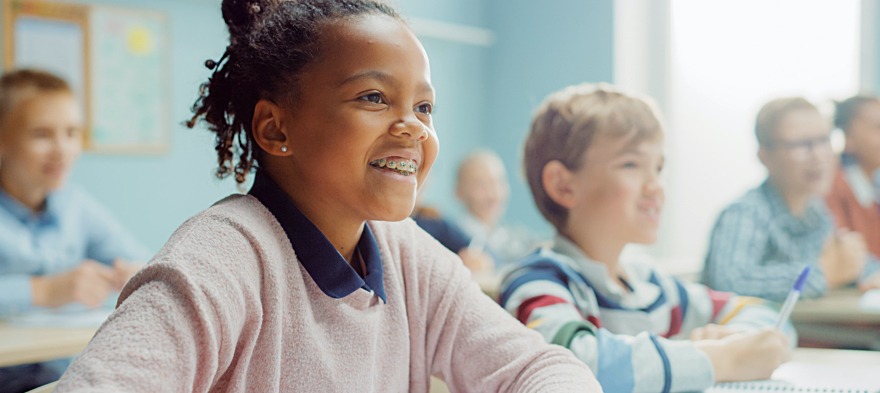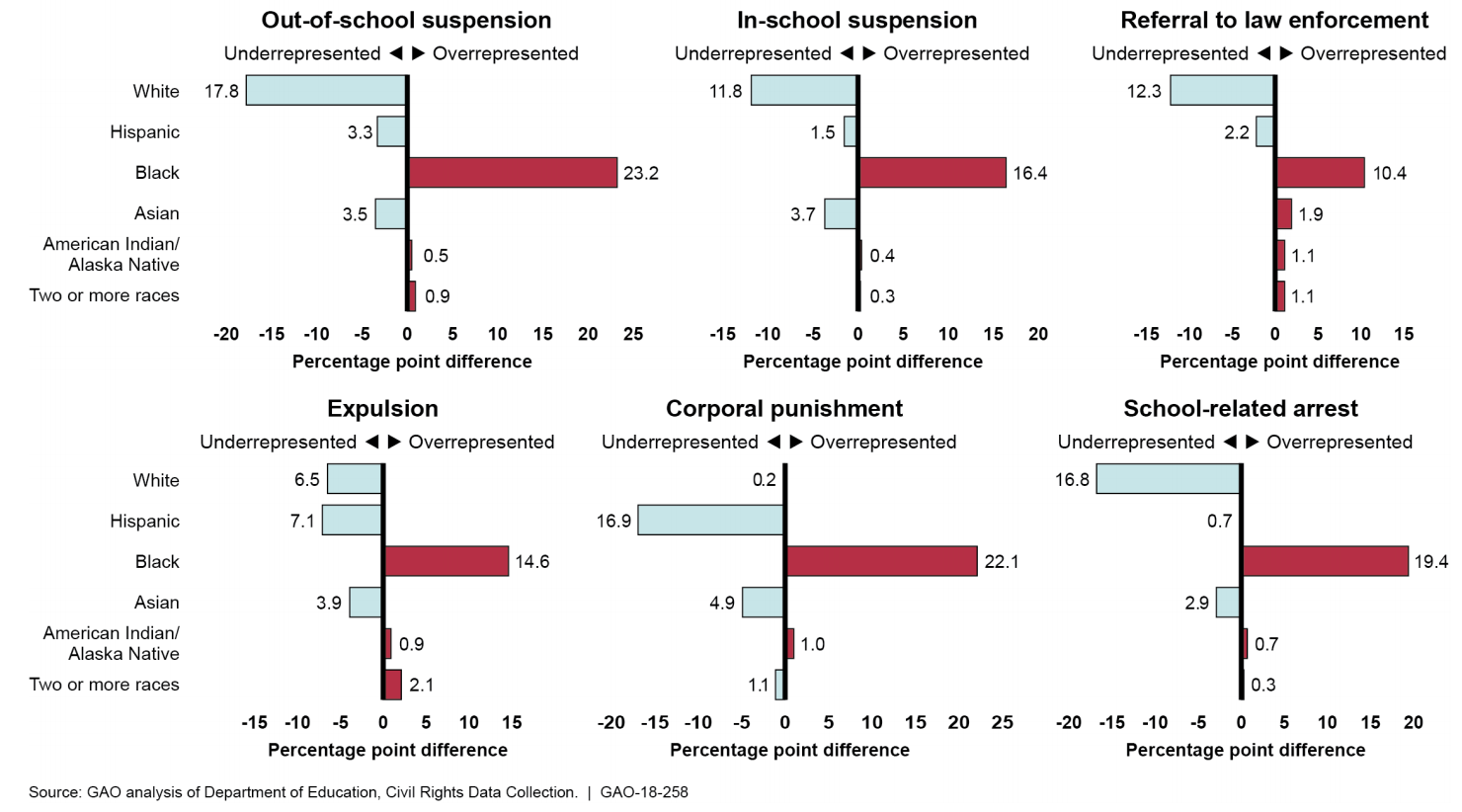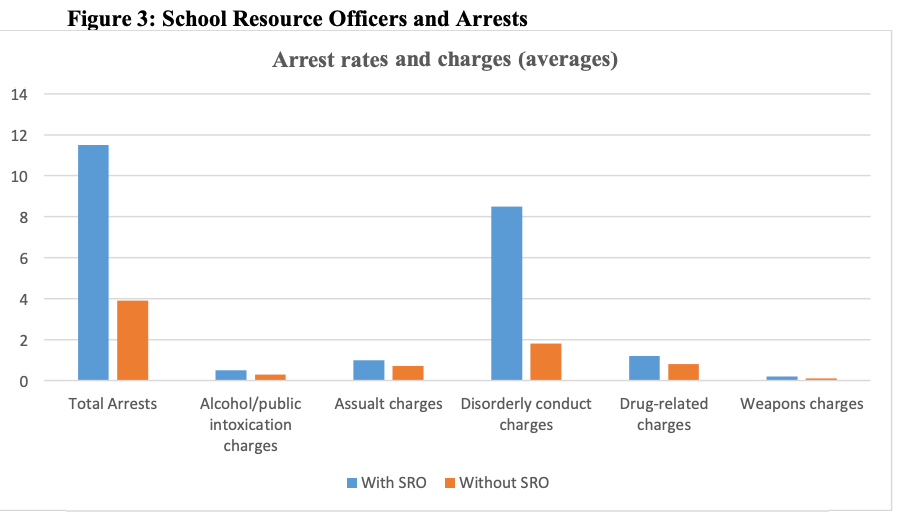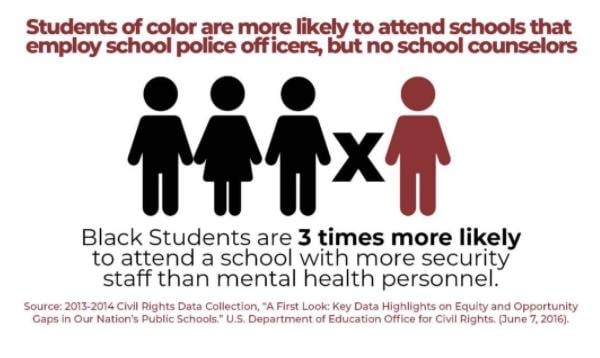
Jul 15, 2020 6:33:00 AM
This week, the school reopening conversation is largely about when we reopen schools. Some people, including our president, want schools to reopen widely, as soon as possible. That position is getting a lot of pushback from folks who cite public health concerns. For them, we reopen schools when community spread is controlled and schools have adequate safety measures in place like masks, distancing, hand sanitizer and Personal Protective Equipment (PPE) for teachers.
This huge debate is vital to ensure the safety of children, their teachers and parents, and whole communities. Yet, [pullquote]when it comes to actually improving equity and educational quality for young people, this current debate misses the whole point.[/pullquote] It views the COVID school closures and impending “reopening”—of whatever kind—as an obstacle to be overcome in a system that’s generally going to continue to operate as close as possible to the way it did before.
If we continue to focus on “getting back to normal,” or as close to “normal,” as quickly as possible, [pullquote position="right"]marginalized children will continue to be marginalized.[/pullquote] Last spring, due to the pandemic, we pressed pause on school as we knew it. We now anticipate a 2020-21 school year that will look very different from pre-closure education and will include distance learning for many students for at least some of the time.
What if, instead of focusing on “getting back to normal,” we thought of this July as a transformative opportunity, as a “do-over” for schools across the nation. What if we seized the incredible opportunity now before us to re-open in a whole new way?
In fact, that is already starting to happen.
In the past six weeks, in response to demands from young people and their communities, great victories for police-free schools have occurred in districts all over the country, including: Minneapolis MN, Portland OR, Denver CO, Charlottesville VA, Rochester NY, Columbus OH, Milwaukee and Madison WI, San Francisco, Oakland and Sacramento CA, and Portland ME, among others.
Why is this happening now?
Like policing in the U.S., our PreK-to-12 education systems are infused with racism and “zero tolerance” approaches to controlling behavior. If you’re Black, you no doubt understand this. If you’re White and you haven’t been living under a rock for the past six weeks, you’ve got at least some awareness of the racism in policing.
So let’s look at the racism in school discipline. For starters, consider the following:

During the latest school year for which we have data available, over 290,600 students were referred to law enforcement agencies or arrested. Schools with SROs have higher arrest rates, especially for disorderly conduct:

Also consider restraints: according to federal data (which is vastly under-reported), nearly 87,000 students were subjected to physical or mechanical restraints in the most recent year of data; and restraints disproportionately impacted Black students (27% of students restrained) and students with disabilities (71% of students restrained). A recent ProPublica investigation of the use of restraint and seclusion in Illinois has sparked a movement to outlaw the practice, but for now prone restraints will be legal for at least another school year.
The heavy use of law enforcement in schools drains money from other investments that could more effectively reduce disciplinary incidents. For example, according to CRDC data, 1.6 million students attend a school with a sworn law enforcement officer, but not a school counselor.

[pullquote]When it comes to justice and supporting our students, our schools clearly need a “do-over.”[/pullquote] What if our schools could transform, in reopening, to be creators of:
I know this transformation would require more resources ASAP, which the U.S. Senate should consider in the coming weeks; all of us need to ensure the federal education funding in that package is of sufficient size, with maximum needs-based targeting, and with no waivers of students’ rights or public health. And [pullquote]we need to fight to ensure COVID-induced state and local budget woes do not result in state and local education cuts—especially for the most marginalized students.[/pullquote]
I do not underestimate the extent to which this do-over would also take a major shift in mindset and a lot of work from education professionals at all levels. But at this moment in time, racial justice is at the forefront, and many districts are already planning for major shifts in what elementary and secondary education will look like in the upcoming school year. Let us all do everything we can to make this month embody the school transformation that all of our students—and our future nation—need and deserve.
Miriam A. Rollin, J.D. directs the national Education Civil Rights Alliance and serves as an attorney for the National Center for Youth Law.
The story you tell yourself about your own math ability tends to become true. This isn’t some Oprah aphorism about attracting what you want from the universe. Well, I guess it kind of is, but...
If you have a child with disabilities, you’re not alone: According to the latest data, over 7 million American schoolchildren — 14% of all students ages 3-21 — are classified as eligible for special...
The fight for educational equity has never been just about schools. The real North Star for this work is providing opportunities for each child to thrive into adulthood. This means that our advocacy...
Your donations support the voices who challenge decision makers to provide the learning opportunities all children need to thrive.
Ed Post is the flagship website platform of brightbeam, a 501(c3) network of education activists and influencers demanding a better education and a brighter future for every child.
© 2020–2024 brightbeam. All rights reserved.
Leave a Comment